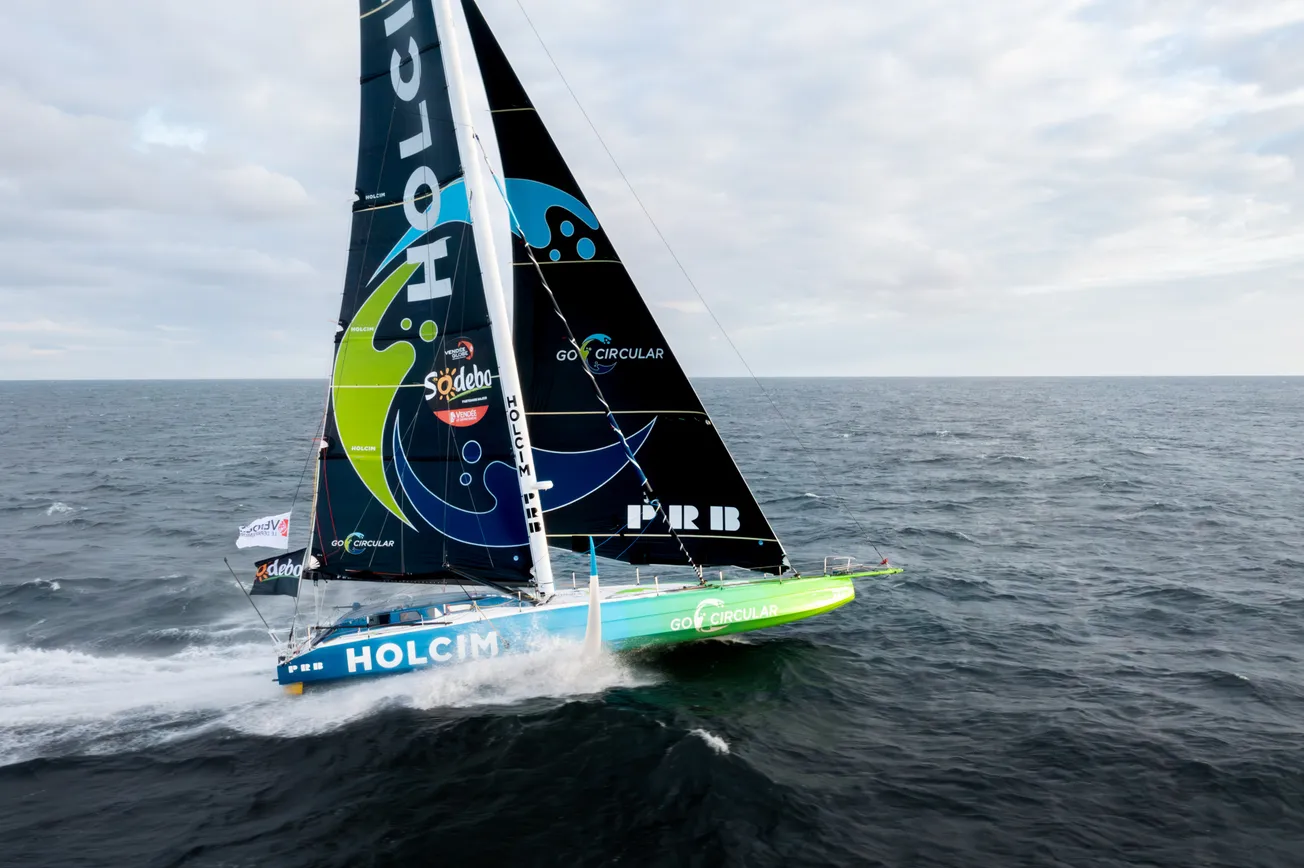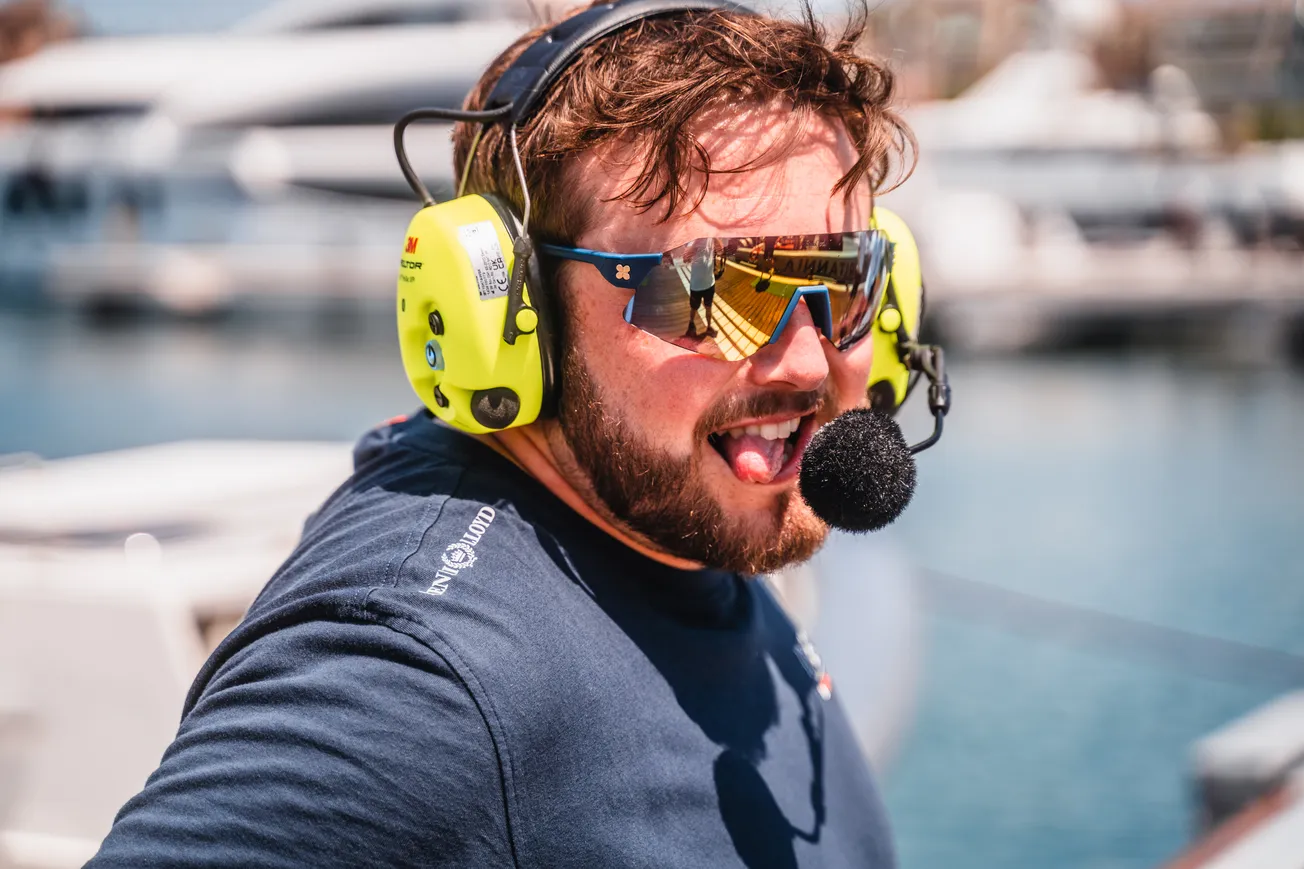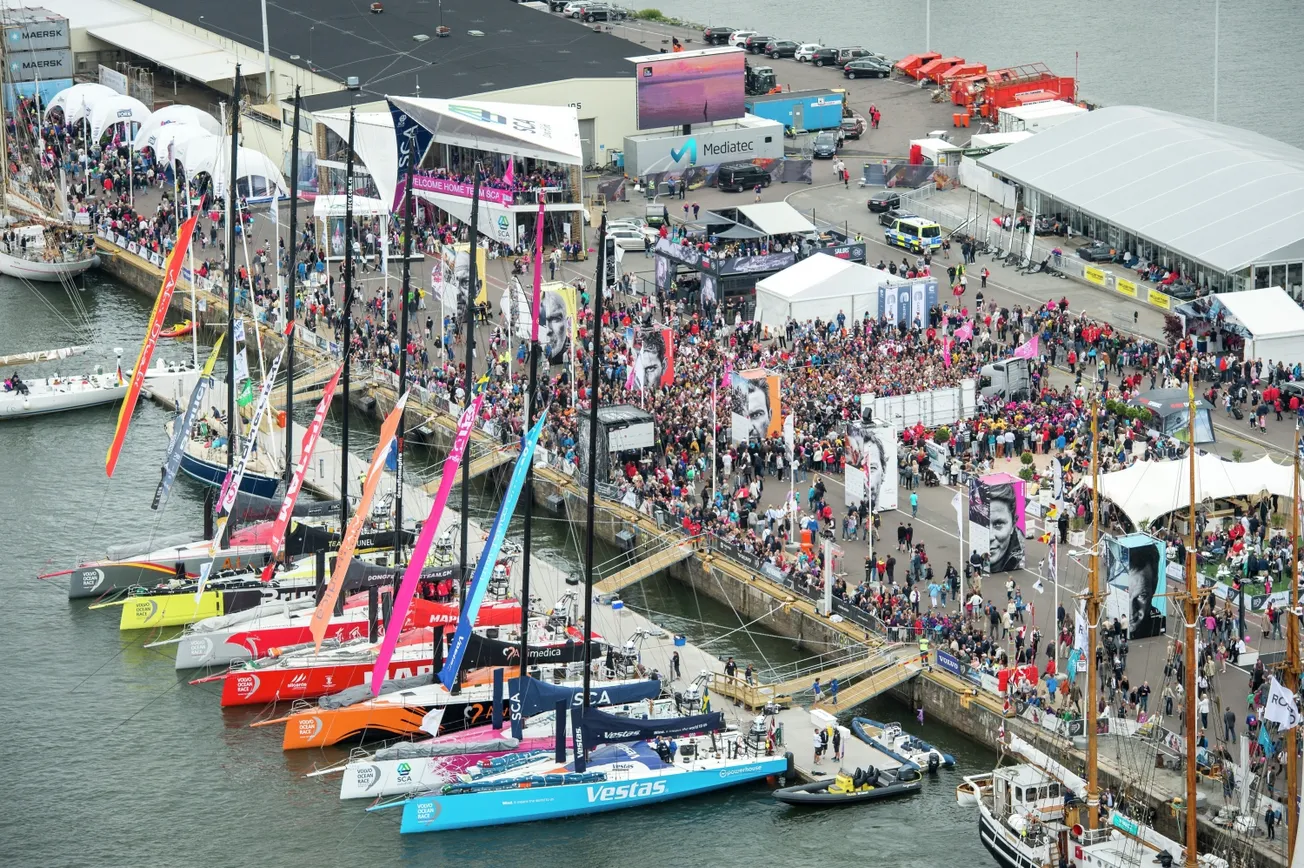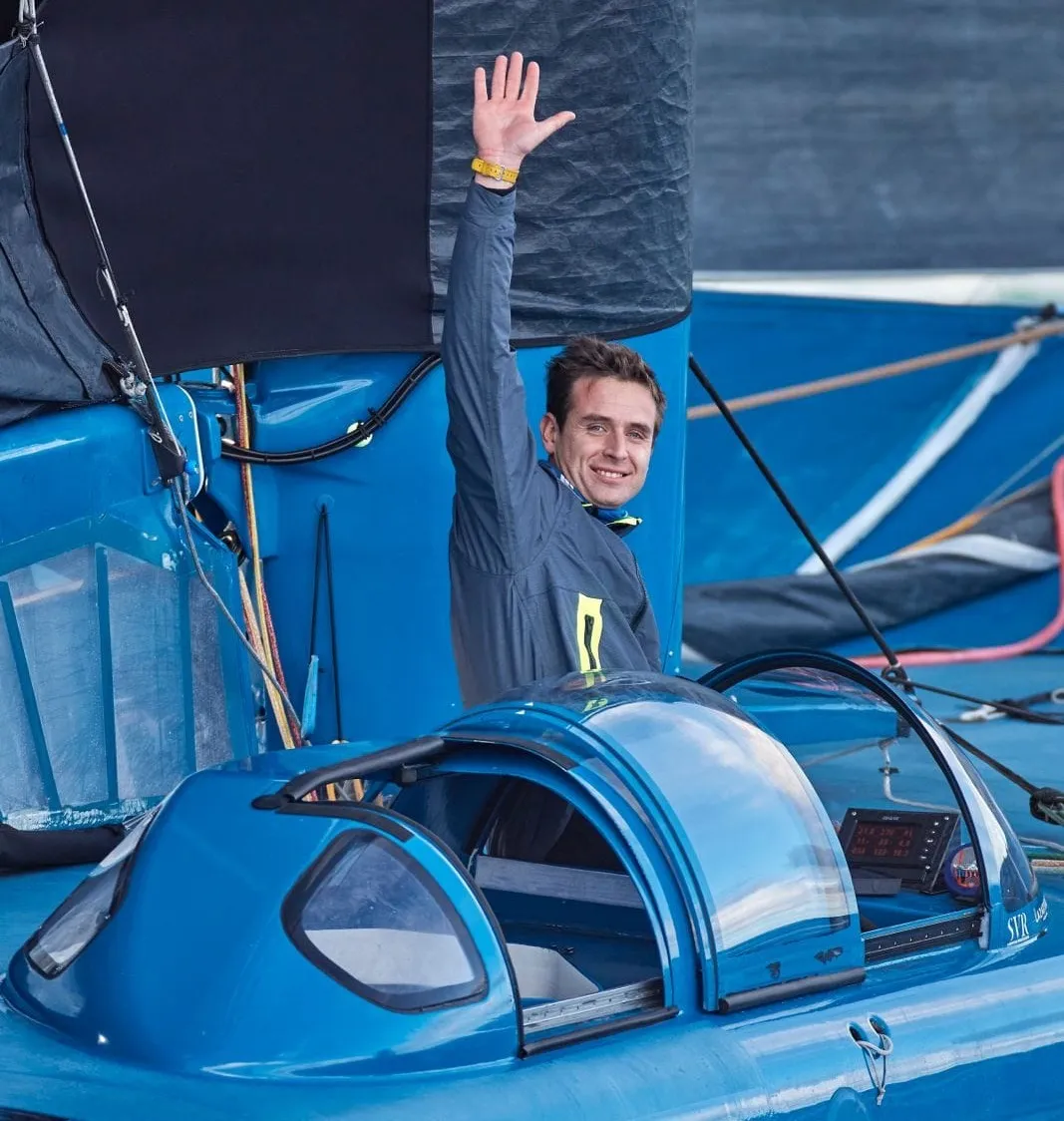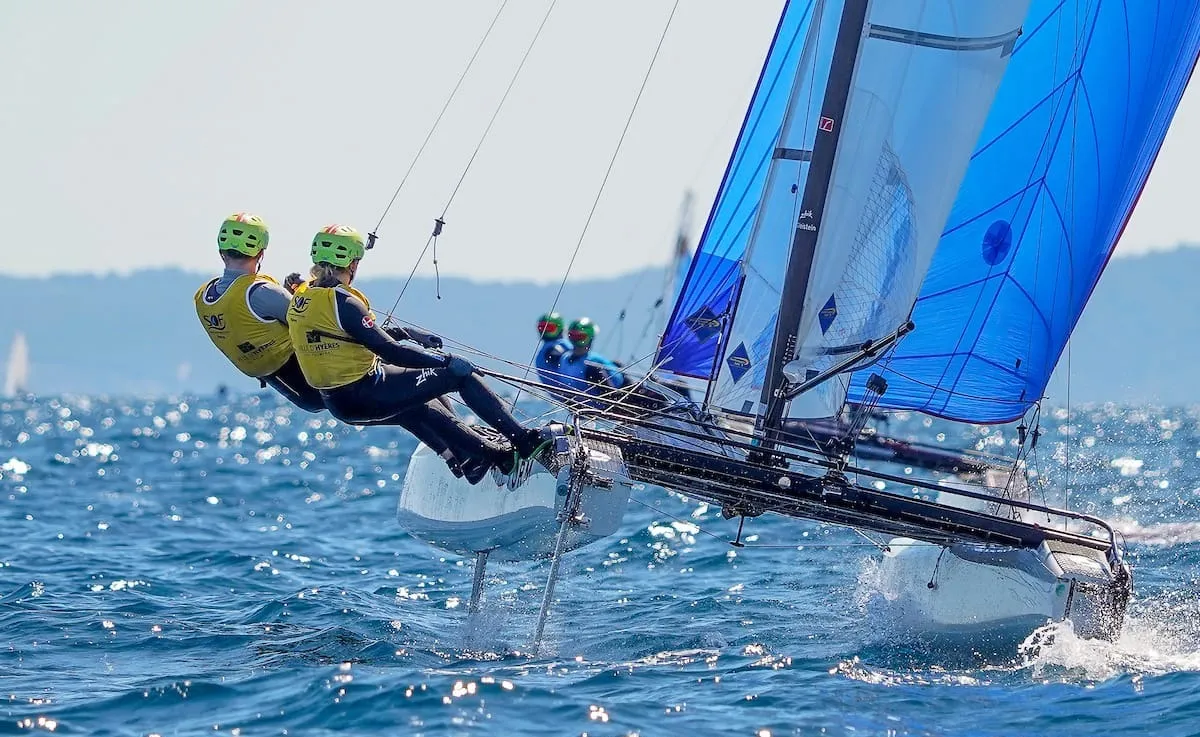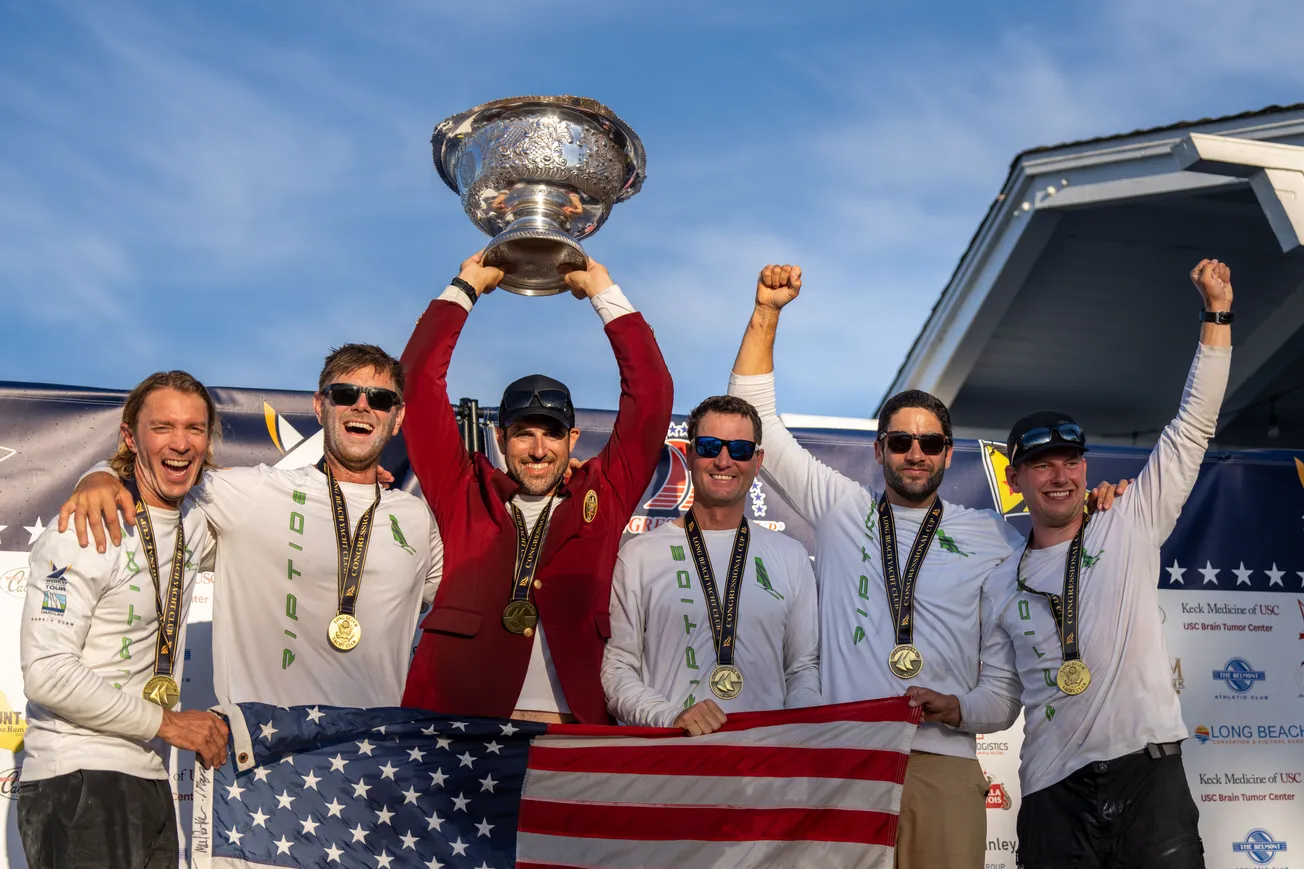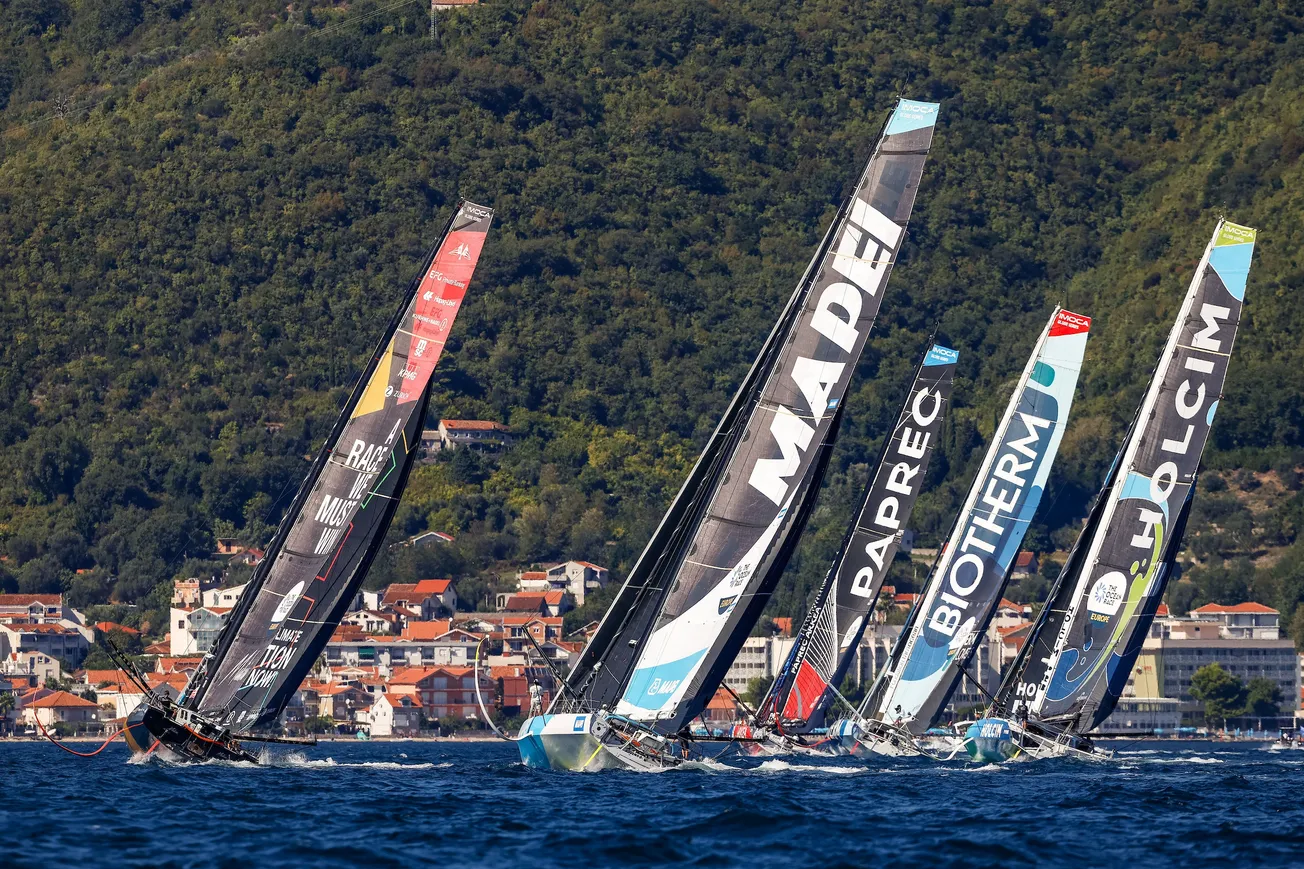But for all of this, there’s a sense that elite sailing hasn’t quite figured out what it wants to be. Is it a made-for-TV spectacle like SailGP? A full-bore design race like the America’s Cup? Or a community-driven proving ground like the 52 Super Series and 44Cup? The answer, increasingly, seems to be: all of the above. And that’s both the sport’s great strength and its biggest challenge.
Let’s start with SailGP, the most compelling regular dose of professional sailboat racing the world has ever seen.


